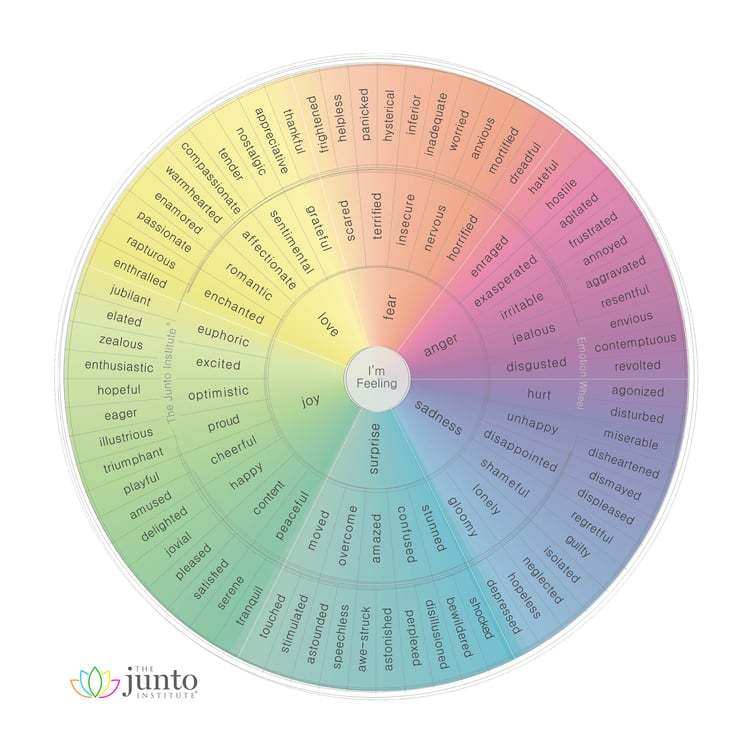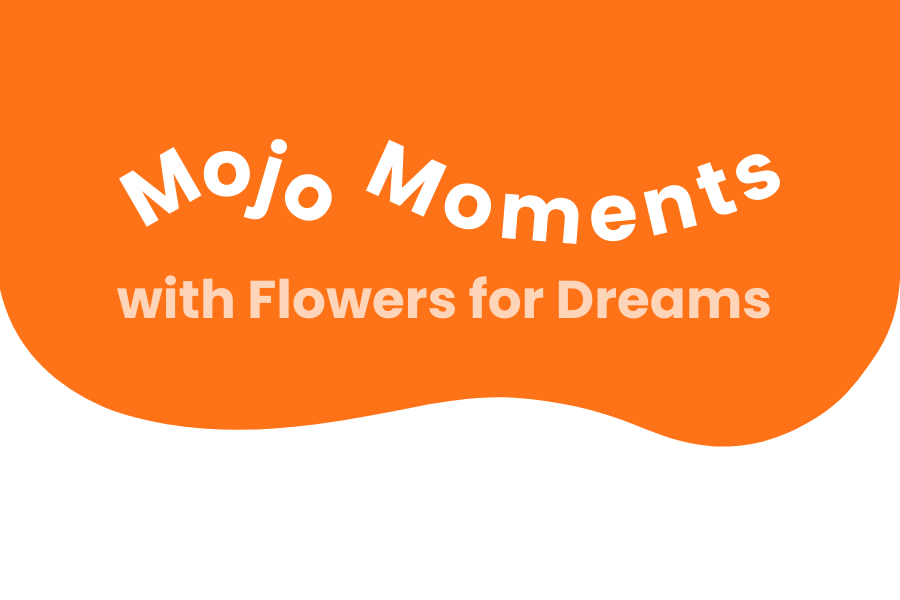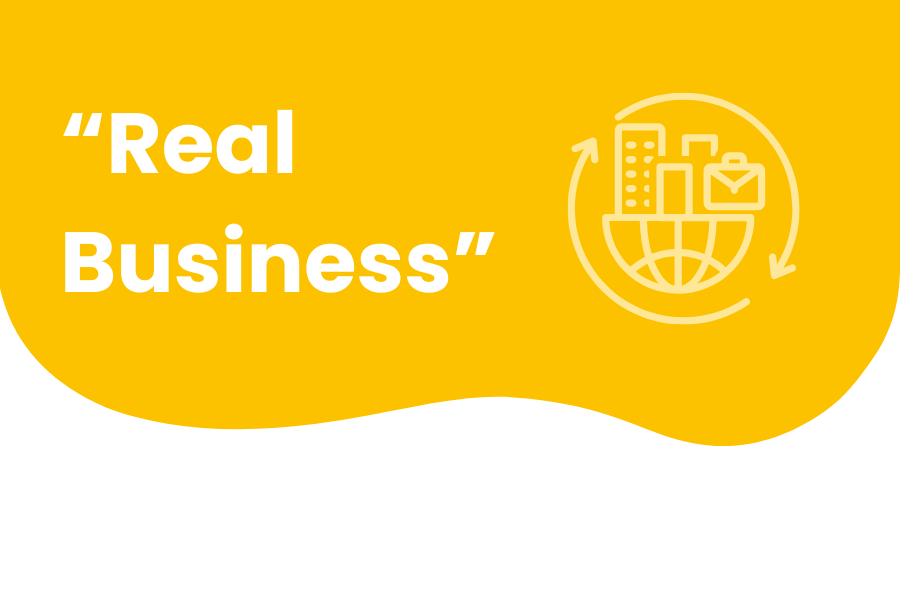Are You an Emotionally Intelligent Leader?
Emotional intelligence (EI or EQ) is one of those slippery, intangible terms that sound good on paper but can be difficult to pin down in practice. What does an emotionally intelligent leader look like? What traits do they possess? And what are the outcomes of their leadership?
The concept of emotional intelligence is relatively recent, but the research is quickly compounding to make the case that across industries and characteristics, EI is one of the greatest predictors of success. Emotional intelligence refers to the ability to recognize and regulate emotions in ourselves and to use that information to guide our actions and thinking. In organizations, emotionally intelligent leaders motivate and inspire employees, build strong relationships with customers, and make better business decisions.
But it’s not just a trait to look for in leaders. Emotionally intelligent people make great team members and co-workers. An emotionally intelligent culture has a competitive advantage: imagine a team comprised of self-aware, self-managing professionals with great relationships and a high level of empathy. Sounds pretty good, right?
So if emotional intelligence is a cultural X-factor, why isn’t everyone teaching it? Emotional intelligence is complex, and it’s not a skill you can transfer quickly. It’s about creating habits: it takes practice, repetition, and a healthy dose of accountability to build emotional intelligence. It’s not a simple concept, but it is possible to learn to spot emotional intelligence in others — and to teach it to those who are still learning.
Ready to raise your team’s EQ? Here’s your guide to identifying and developing emotionally-intelligent leaders.
The Pillars of Emotional Intelligence
It's very hard to move people in the direction one wants to go without having the ability to recognize and regulate emotions in oneself and others.
From frontline employees to the C-Suite, the pillars of emotional intelligence remain the same. There are many intangible qualities to emotional intelligence, but research has uncovered a set of shared traits that indicate high emotional intelligence.
Raman Chadha, founder of the Junto Institute, is experienced with emotional intelligence and leadership. In fact, he’s bringing his expertise to the Small Giants Leadership Academy, where he teaches emerging purpose-driven leaders the habits and exercises that build emotional intelligence.
Through his work, Chadha has identified five key components of emotional intelligence:
-
Self-awareness
-
Self-management
-
Social awareness
-
Empathy
-
Relationship management
Those five pillars are the soft skills that allow people to motivate and inspire others and to recognize their own mental state and that of others. As Raman points out, there are many studies that show a direct link between leadership effectiveness and emotional intelligence.
“We believe that the pillars of EI are ideas that aren't discussed enough in the workplace,” says Chadha. “Especially among members of an executive team, and especially in growth-stage companies, where things can move very fast. It's very hard to move people in the direction one wants to go without having the ability to recognize and regulate emotions in oneself and others.”

Screening for Emotional Intelligence
The most successful candidates aren’t always the ones with the most impressive résumé. Skills and experience are important, but you also want people who can collaborate, innovate, and build great relationships.
Rutgers psychologist Daniel Goleman summed up his own research on emotional intelligence by stating that, “the most effective leaders are all alike in one crucial way: they all have a high degree of what has come to be known as emotional intelligence,” writes Goleman. “It’s not that IQ and technical skills are irrelevant. They do matter, but…they are the entry-level requirements for executive positions.”
You probably already have a system in place for assessing skills and screening for culture fit, but how do you spot emotional intelligence? Here are a few tips to get started:
Emotional intelligence in interviews. Remember those five pillars of emotional intelligence we mentioned? The interview process is the perfect time to evaluate candidates for key competencies that indicate high EI. Scorecards are a great way to articulate what you’re looking for and assess candidates consistently throughout the process.
For example, you might be looking for an engineer that has great experience, but also has a demonstrated ability to connect with others, lead a team, and express empathy. By including those traits on a scorecard, you ensure that those interviewing will ask questions around those competencies and score candidates accordingly.
Think of it this way: if you’re only asking candidates about their skills and experience, you’re not getting the full picture. As Goleman reminds us, a person’s ultimate success depends on skills that go beyond the résumé. “My research, along with other recent studies, clearly shows that emotional intelligence is the sine qua non [or indispensable condition] of leadership,” writes Goleman. “Without it, a person can have the best training in the world, an incisive, analytical mind, and an endless supply of smart ideas, but they still won’t make a great leader.”
Emotional intelligence in performance reviews. Giving and receiving feedback is always difficult. But soft skills like self-awareness and relationship management usually make the process that much easier. When you’re working with emotionally intelligent people, performance reviews become a tool for growing and developing team members and building your culture.
There are a few questions you can ask to not only evaluate an employee’s EI, but also to encourage them to reflect and build on those skills. Here are a few examples from Big Think Edge to try out at your next one-on-one:
-
How well do you manage yourself?
-
Can you work towards your goals despite obstacles? Do you give up too soon?
-
Do you believe you have a negative outlook or a positive outlook?
-
How well do you tune into other people? When do you notice other people?
Emotional intelligence in meetings. How does emotional intelligence show up in meetings? Often, it’s the lack thereof that shows up first — look out for behavioral warning signs like emotional outbursts, lack of empathy, and an inability to listen to others. If you’re looking for ways to encourage emotionally-intelligent behavior during meetings, consider trying an exercise that hones in on those skills.
The Junto Institute uses an emotion wheel to cultivate self-awareness of one’s mood and emotions. They designed this wheel themselves to encompass the nuances and intricacies of the core human emotions, like Joy or Fear.

“Self-awareness is the ability to recognize our own emotions and mood, and our thoughts about them,” says Chadha. “It’s our ability to see how those thoughts and feelings are connected with our behavior: how they affect and are affected by our actions, reactions, decisions, and daily interactions with others.”
You can use an emotion wheel at the start of team meetings to create space to share and encourage the kind of introspection that develops self-awareness in team members. The Junto Institute has found that its emotion wheel has enabled teams to understand one another better and fosters trust and empathy.
“The Emotion Wheel supports the development of self-awareness and emotional intelligence,” says Chadha. “It forces a moment of reflection and introspection for every individual and, hopefully, helps to build or reinforce a positive habit.”
How to Train Employees on EI
Some people will walk through your doors and already have high emotional intelligence. But for those who aren’t quite there, it begs the question: can you become more emotionally intelligent?
It’s absolutely possible to train employees on emotional intelligence, and it pays immediate dividends to you and your team members. Your organization gains a competitive edge, and team members develop new skills to put to use in their professional and personal lives. Research shows that emotional intelligence is often the differentiator between teams that go above and beyond and those that are satisfied with the status quo.
So, how do we actually teach emotional intelligence to others, and how do we put it into practice on a daily basis? Here are two ways to train employees to have a higher EQ.
Emotional Intelligence Classes
At its core, emotional intelligence training is about raising the bar for your team members. Ace Metal Crafts, a stainless steel fabricator in Bensenville, Illinois, has created an emotional intelligence training for its 158 employees.
With a high-performing, values-based culture, CEO Jean Pitzo and her team knew they needed team members with high emotional intelligence, but it was in short supply in their talent pool. So they decided to prioritize hiring for culture fit, and then train team members for things like job skills and emotional intelligence.
The program is comprised of eight courses and runs for about two months. Small cohorts of employees meet on a weekly basis for 90 minutes to learn together, discuss concepts, and complete homework around core competencies like forgiveness, shame, self-awareness, caring, and happiness.
“We decided to find people who were willing to learn, and invest in training them on the soft skills they needed to excel at work and in life,” says Pitzo. “We started our internal emotional intelligence class in 2017. So far, we have completed twelve classes in English and Spanish; and we’re in the midst of our first class taught in Polish. We’ve graduated 75 percent of our team members from the program. We have reunions with graduates of the classes to keep growing the skill set within the organization.”

Train Emerging Leaders
Who are the emerging leaders in your organization? When you think about what sets these individuals apart, what comes to mind? Often, those who climb their way to the top run into roadblocks if they haven’t developed the skills it takes to influence, lead and manage people.
You want your emerging leaders to enjoy the best possible outcomes, and the most effective leaders have high emotional intelligence. That’s why it’s worth the extra effort to invest in comprehensive training to develop your emerging leaders and teach them how to lead effectively. Seek out leadership development programs that reinforce and build skills through ongoing, structured training that provides social support and mentorship.
“A leader's primary job is to inform, influence, and inspire those around them,” says Chadha. “So if that leader wants to perform that job well and move people in the direction they want them to go, they must be in tune with themselves and those around them, and know how to use that ‘data’.”
The Small Giants Leadership Academy is a one-year training program for emerging leaders that builds on the tenets of purpose-driven leadership. Through virtual learning sessions with expert leaders and coaches, an extensive resource library, and on-the-ground meetups with their cohort, the program ensures that you’re developing both the leadership skills and the leader.
Each module is a deep-dive that introduces leaders to key ideas and supports them all the way through implementation. For example, Chadha’s emotional intelligence curriculum starts by exposing Leadership Academy cohorts to the concept of EI and the research behind it, and prompts them to reflect on their own abilities.
Then, a 90-minute virtual call walks leaders through the building blocks of emotional intelligence and teaches them specific strategies and exercises for building self-awareness, self-management, social awareness, empathy, and relationship management. Finally, there’s a clear path to implementation: leaders create a strengths-based plan for increasing their effectiveness as a leader.
Emotional intelligence is the secret weapon behind so many top organizations. Not only that, it’s a critical competency for happiness and fulfillment in every aspect of life, and investing in it now is a gift to your organization and its team members. But EQ can’t flourish in isolation: the more you talk about and practice emotional intelligence with your team, the more it grows.






Submit Your Comment